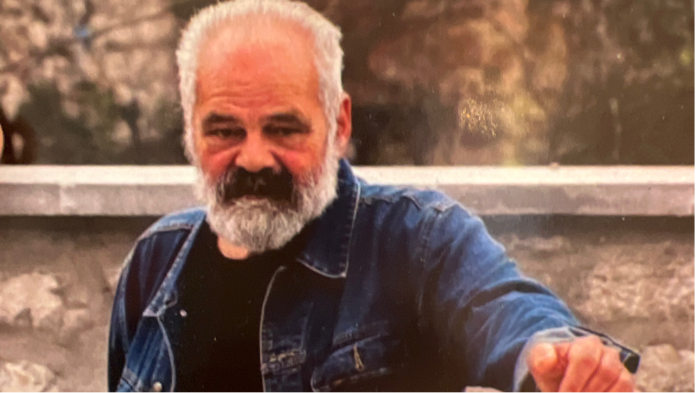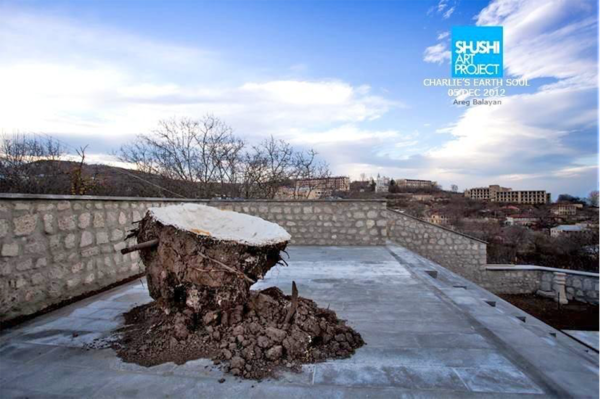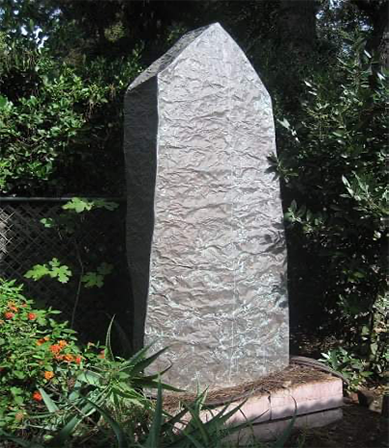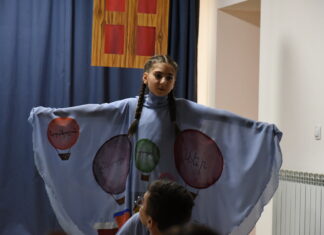Born in 1954 in the Bronx New York, Charlie G. Hachadourian lived and created art in the United States and in Armenia for most of his adult life.
“His every visit to Armenia, as to any other place in the world, was a creative and highly personal ‘pilgrimage,’ stemming from the urge to seek and find the truth in life and in art.” (L. Sargsian, 2021.)
“I dig holes and move earth,” Hachadourian said half-jokingly whenever asked about his art.
A humble, approachable, unpretentious human being with an unparalleled sharpness of mind Charlie lived and breathed art in his lifelong quest for truth and knowing.
His most recent work, “Topographies,” constitutes a series of inverted vessels, reliquaries that transport sacred soil. Soil, to him, was more than dead matter; it was a living, breathing entity that holds memories and carries epigenetic code.
“Charlie dug small and large holes in the ground in places of personal as well as historical significance. He poured various types of adhesives into the holes, like gypsum, wax and other materials, which would then adhere to the dirt and form a solid mass. This mass would then be excavated out of the ground and transported elsewhere to be displayed,” said photographer and artist Ara Oshagan about him in 2022.










